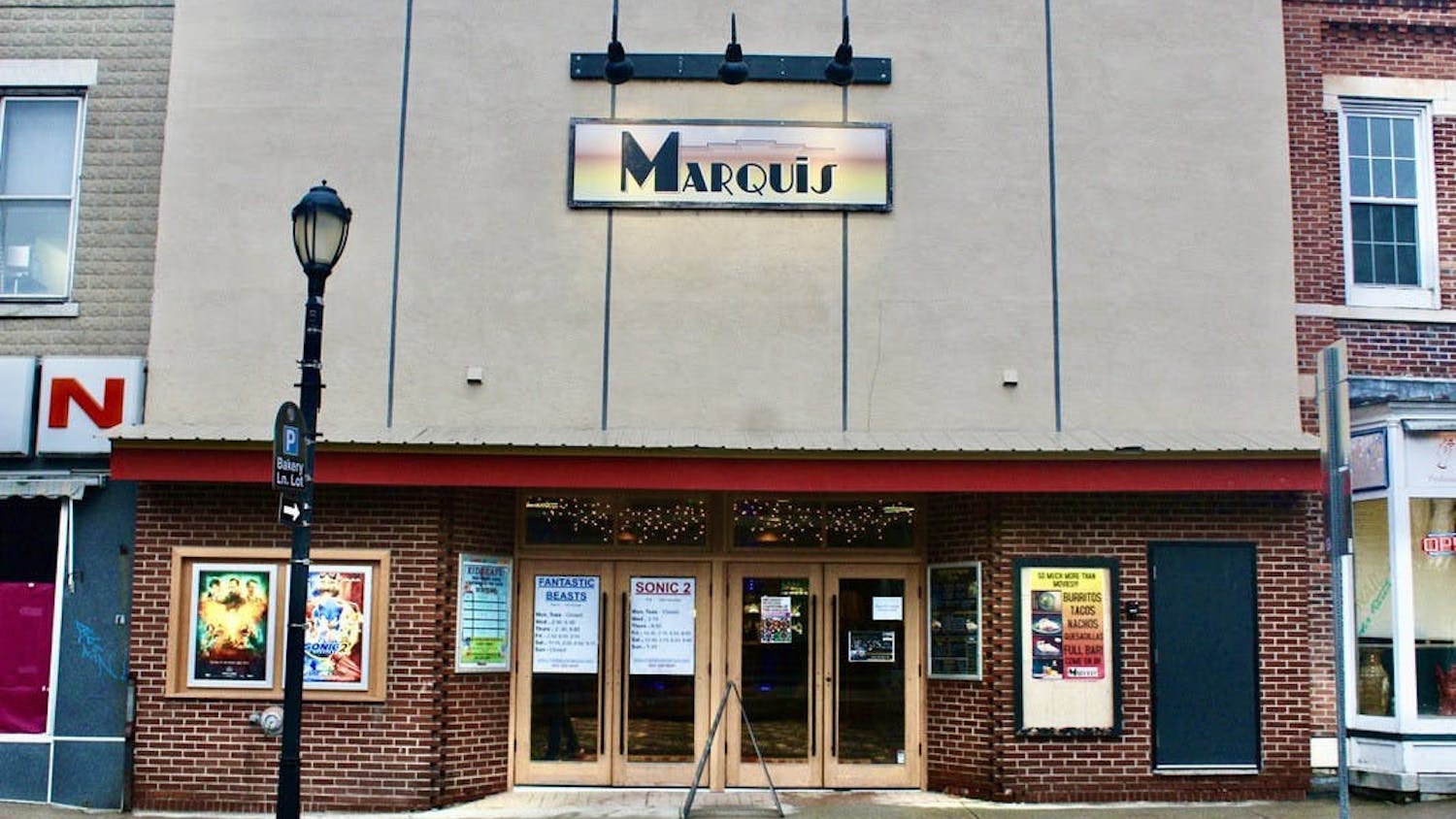The Vermont State Board of Education (SBE) has drafted a strategic five-year plan for education statewide, specifically addressing the unusually high cost per pupil in Vermont and the achievement gap. The board has approved a draft of the plan and is seeking public comment on the plan until Dec 4. They hope to finalize the plan at the Dec. 16th meeting of the Board of Education.
The draft of the strategic plan aims to ensure two goals: high quality education to provide “equity in opportunity for all” and an education system that is “stable, efficient, and responsive” to change. To address the first issue of inequities in the educational system, the strategic plan will begin by defining “the nature, extent and location of achievement, opportunity, and financial gaps.”
To investigate financial and achievement gaps, the board will use existing data on these levels. In order to assess opportunity, the board is developing the Education Quality Standards, which they will use to assess the availability of opportunities. The SBE will also “take testimony from a large variety of stakeholders,” according to the strategic plan draft. Once conducted, the study will help locate and assess inequities across the state. The SBE will carefully study the formula used to allocate funds, and determine whether the formula weights are too high or too low, based on the needs of the given district. Once the SBE identifies areas of need, they will work with the local districts, state government and federal government to address inequalities among districts.
The second goal, ensuring a stable system moving forward, focuses on the high per capita cost of education in Vermont. Vermont has the highest spending per pupil of any state in the US in the 2013-2014 school year, with an average of $19,752 per pupil. Vermont has had a slim overall budget, especially the last several years, yet move 90 percent of school budgets are approved on the first vote. If budgets are not approved on the first vote, they are often reworked to fit a lower budget. This part of the plan requires an examination of the SBE’s Manual of Rules and Practices, finance, including cost-shifts, government mandates, and the progressivity versus progressivity of changes, staffing patterns and lack of leaders in education.
Lastly, this strategic plan calls for implementation over five years. The first year would be to “empirically define and identify the problems the state faces,” according to the plan. The next year would be to draft solutions in a series of white papers with collaboration from stakeholders. Finally, years three through five would involve employing and reevaluating the previously devised strategies. The challenge for lawmakers here lies in maintaining high quality of education where it is present and raising the quality of education in the parts of the state where it is lagging, while reducing costs.
“We need to tackle this first as a spending challenge because education costs have continued to rise faster than Vermonters’ ability to pay for it, even though our student count has declined,” Shumlin said.
Although student enrollment in kindergarten through twelfth grade public education in the state has dropped by 20 percent over the last 15 years, spending has continued to increase. One commonly suggested solution to deal with the problem of shrinking enrollment is to consolidate school districts and administration to save on administrative costs and expand course offerings.
Increased spending on education is often criticized as the reason for high property taxes. Municipal taxes are one source of funding for public education, so varied levels of municipal property taxes often lead to varied quality of public education. However, in 1997, Act 60 became law, beginning a statewide property tax that could go toward funding for public education.
This year, the Vermont Agency of Education projects that education spending will increase by 3.09 percent this year. Despite the new SBE strategic plan, the Shumlin administration claims it will back up state mandates with state funding. To address this, the administration recommended increasing the statewide property tax by two cents.
Burlington Drafts 5-Year Education Plan
Comments



